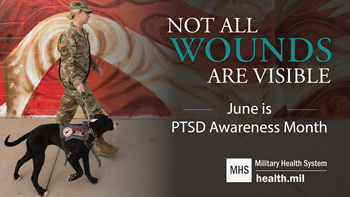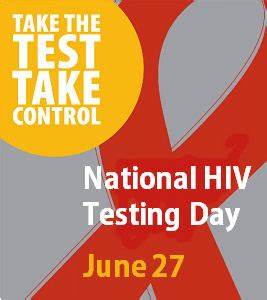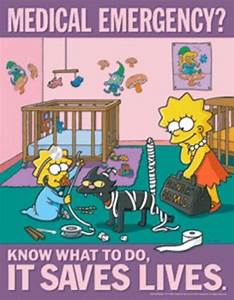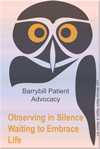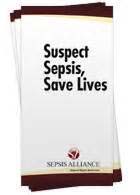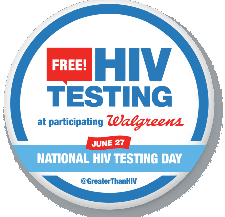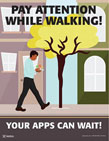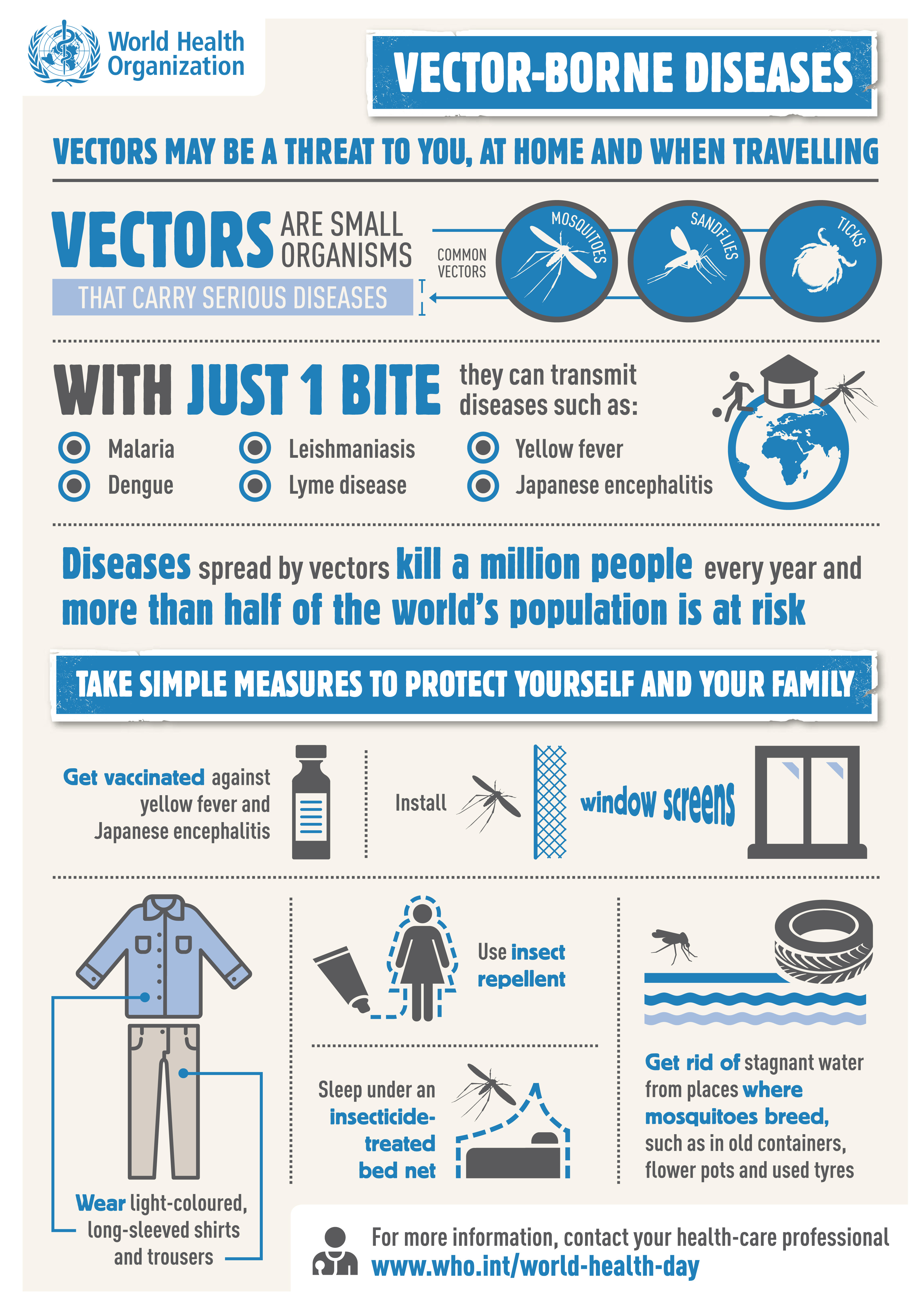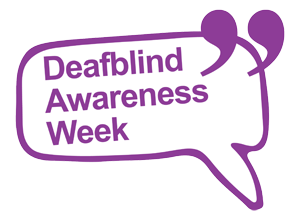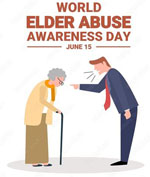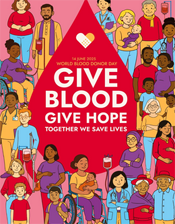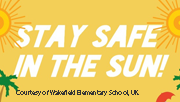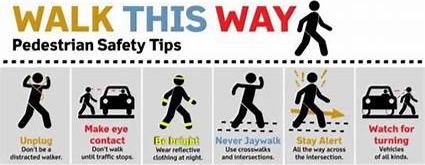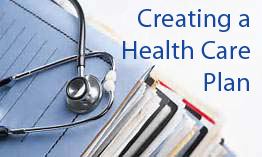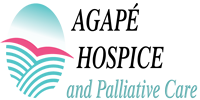ABANDOMENT
- desertion by any individual who is responsible for providing care
- desertion by an individual or institution with physical custody of the patient
EMOTIONAL AND PSYCHOLOGICAL
- verbal, non-verbal, gestured assault, insults, threats, intimidation, humiliation, or harassment
- family and social isolation
- silent treatment
- speaking in a child-like manner
FINANCIAL
- illegal or improper use of an elder's/patient's funds, property, or assets
- cashing a check, using an ATM or credit card without permission
- forging a signature
- misusing or stealing money or possessions
- coercing or deceiving the elder/patient into signing documents
- improper use of conservatorship, guardianship, or power of attorney
NEGLECT
- failure or refusal of an individual/caregiver to fulfill any part of a carer's obligations or duties
- fiduciary
- failure of an individual with financial responsibilities to provide/pay for necessary carer
- failure of an in-home or institutional service provider to provide care
PHYSICAL ABUSE
- physical force causing injury, pain, or impairment
- acts of violence
- striking (with or without an object)
- hitting, beating, pushing, shoving
- shaking, slapping, kicking, pinching
- burning
SEXUAL ABUSE
- nonconsensual sexual contact
- sexual contact with a person who is not capable of giving consent
- unwanted touching
- sexual assault
- rape
- sodomy
- coerced nudity (or unnecessary nudity)
- explicit photographing, pornography
| |
|
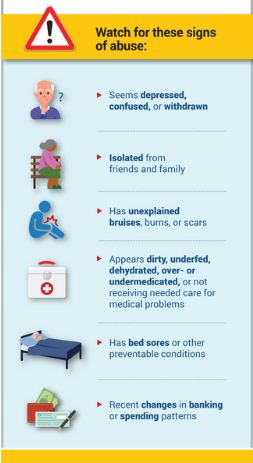
CALIFORNIA (USA)
RESTRAINING ORDERS
California courts can grant a restraining order to stop someone who is abusing or neglecting an elderly or dependent adult. Abuse can be emotional, physical, or financial. It can happen anywhere, including online. It can involve stopping the elderly or dependent adult from accessing money or basic needs, isolating someone from friends or family, or depriving someone of food, medicine, or other things they need to survive.
For more information click on the banner below. |
